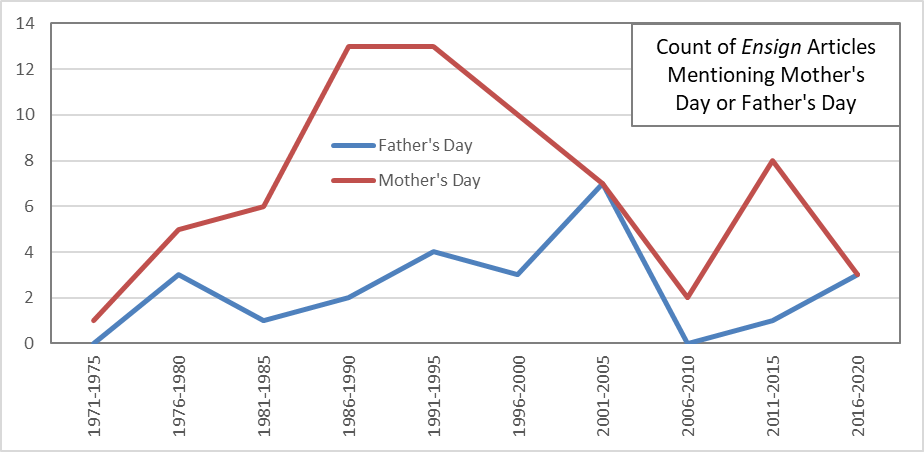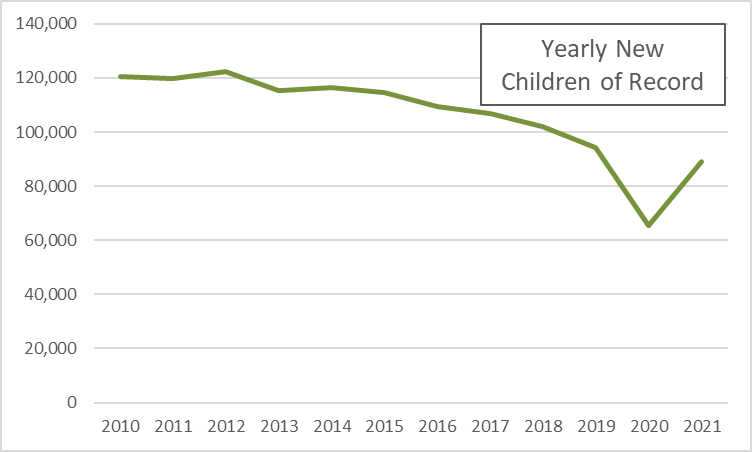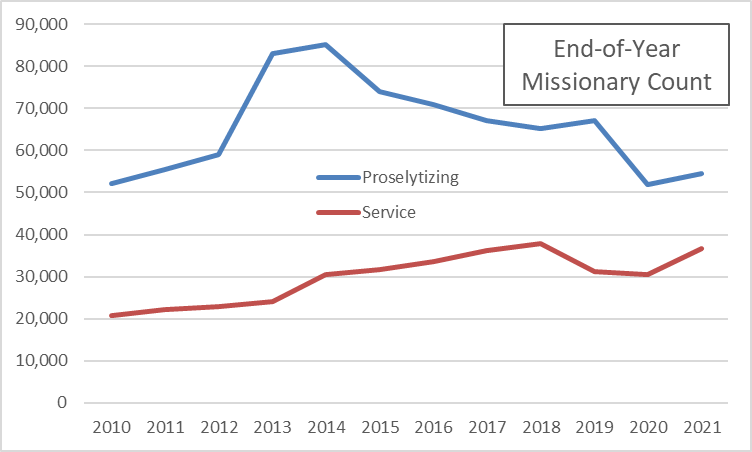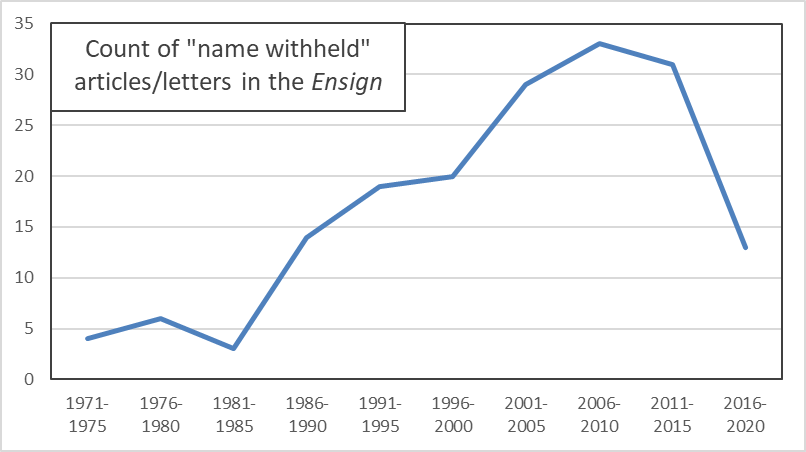The Church announced back in November that as Christmas falls on a Sunday this year, church will be a sacrament meeting-only affair. (The wording of the announcement actually makes me chuckle—it says “the only meeting Church members need to attend that day is sacrament meeting”—which kind of sounds to me like a suggestion that wards should still hold the second hour, it’s just that nobody should feel obligated to attend it.) Although my memory isn’t great, it appears from this Church Tech Forum discussion that they made similar announcements in 2011 and 2016 when Christmas fell on a Sunday, as well as in 2017, when Christmas Eve did. But church wasn’t consistently shortened for Christmas on a Sunday in previous years. I definitely remember attending all three hours of church as a kid in the 1980s when Christmas fell on a Sunday in 1983 and 1988, and I recall being desperate to get the boring church stuff out of the way so I could get home and enjoy my presents! I’m not sure what I was up to in 1994, but in 2005, again I remember attending all three hours of church, as my wife and I were visiting her parents. In 2010, I even blogged about the question, suggesting that maybe church should be shortened around the holidays. Maybe I should take credit for the Church deciding to listen and start doing so!
I saw Peggy Fletcher Stack share this New York Times article (This is a gifted link to the article, so you can read it even if you don’t subscribe.) about different ways Christian churches are handling Christmas on a Sunday this year. According to results of one church’s survey, the percentage canceling church entirely is up five percentage points (from 11% to 16%) since this was last an issue in 2016. I really liked this summary point from Timothy Beal, a religious studies professor who was quoted in the article:
Christmas morning and Sunday morning are sort of in tension with each other. Most people who are churchgoers think of Christmas morning not as a religious time but as a family time: stockings and brunches and staying in your pajamas until midday or later.

Anyway, considering the question again, I had a few thoughts. They don’t really hang together, so I’m just going to make a bulleted list.
- Christmas church isn’t a big deal for us because we Mormons don’t follow a liturgical calendar. We don’t have particular different services for any holiday. Not Christmas, not even Easter, the centerpiece of Christian celebration. (Well, maybe Mother’s Day.) Sure, individual wards and branches can decide on their own to have a more music-and-scripture focused sacrament meeting on or around Christmas, and in my experience, many do, but that’s up to them. There’s nothing stopping a bishop from assigning speakers to talk on the City of Enoch or the Word of Wisdom this Sunday.
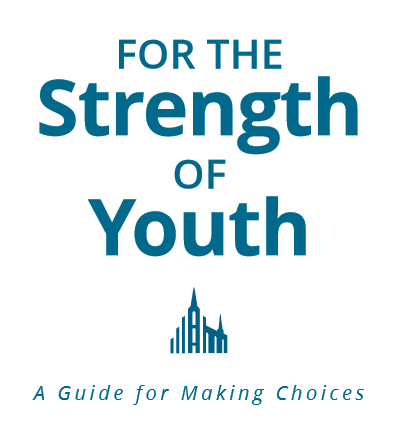




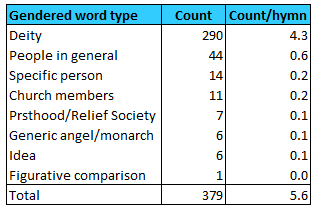 It’s just the 55 words from the second and fourth rows, then, that I attempted to gender-neutralize. All but two of the 55 are male gender-specific words. To be complete, I tried to gender-neutralize them all, male or female. One other note, in case anyone is ever interested enough to try to retrace my steps: if a word occurs multiple times in a hymn because a line is repeated (like in a chorus), I count each repeat as a separate instance.
It’s just the 55 words from the second and fourth rows, then, that I attempted to gender-neutralize. All but two of the 55 are male gender-specific words. To be complete, I tried to gender-neutralize them all, male or female. One other note, in case anyone is ever interested enough to try to retrace my steps: if a word occurs multiple times in a hymn because a line is repeated (like in a chorus), I count each repeat as a separate instance.



